Common Tools Used in Construction: Essential Gear for Every Jobsite
Introduction
The construction industry is built—quite literally—on the tools of the trade. From measuring tapes to heavy-duty machinery, every construction site depends on a wide array of tools to ensure work is done accurately, efficiently, and safely. Whether you’re a budding tradie, a DIY builder, or simply curious about the gear behind Australia’s booming construction scene, understanding the common tools used in construction is the first step toward mastering the craft.
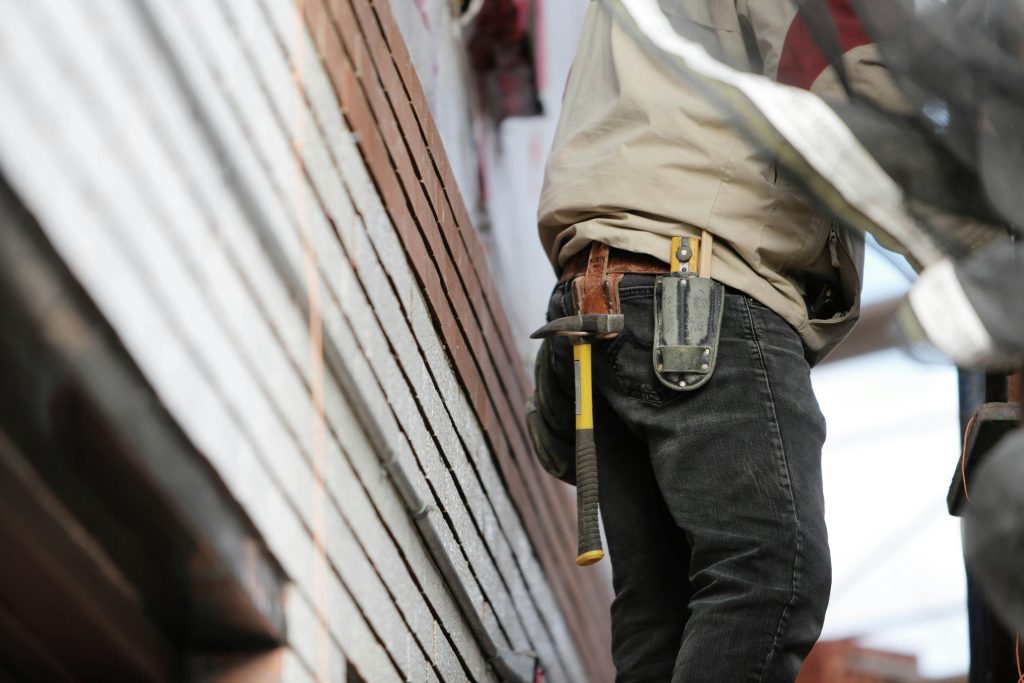
In this article, we’ll break down the most widely used hand tools, power tools, measuring instruments, and safety essentials that form the backbone of any construction project—from residential builds to major commercial sites.
Hand Tools: The Builder’s Foundation
Despite advancements in tech and automation, hand tools remain crucial for detail work and precision. Here are the must-haves on any construction belt:
1. Hammer
- Purpose: Driving and removing nails, breaking apart materials.
- Types: Claw hammer, framing hammer, sledgehammer.
2. Screwdrivers
- Used For: Tightening and loosening screws.
- Tip Types: Phillips, flathead, Torx.
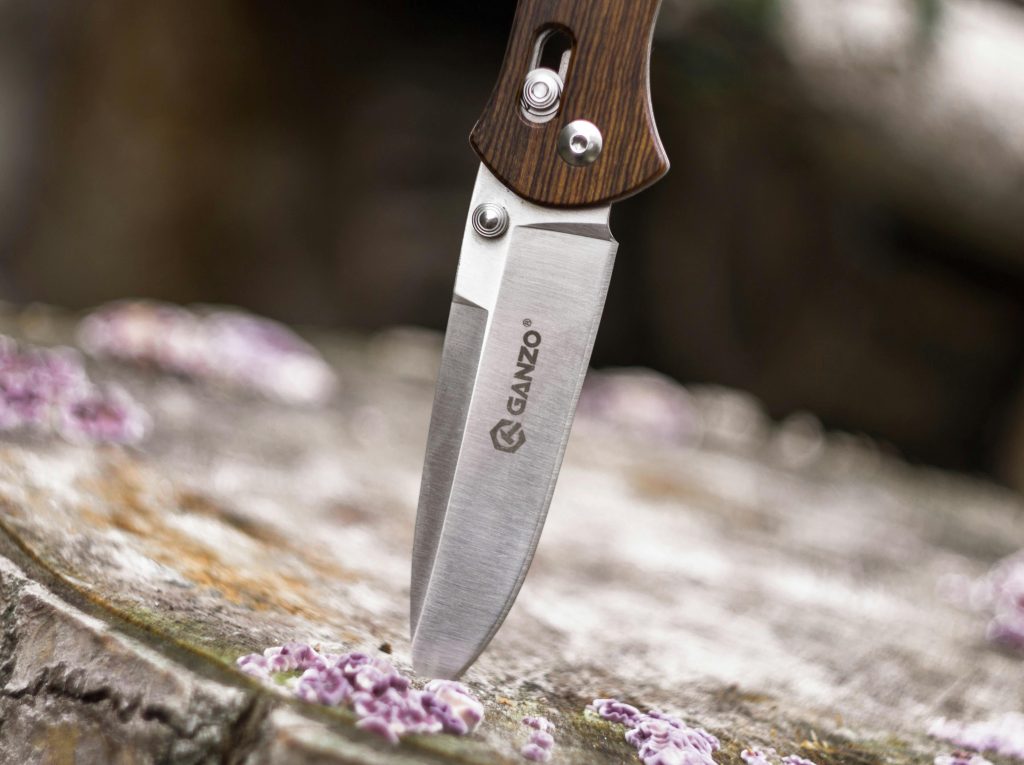
3. Utility Knife
- Essential For: Cutting insulation, drywall, tape, and packaging.
4. Tape Measure
- Why It Matters: Accurate measurements are critical in every phase of construction.
- Pro Tip: Invest in a sturdy, retractable tape measure with a magnetic end for metal surfaces.
5. Pliers and Wrenches
- Common Uses: Gripping, twisting, cutting, and turning bolts and fittings.
Power Tools: Speed and Efficiency on Site
Power tools take the strain off manual work and improve speed, consistency, and power. Most tradies carry a few of these in their kits:
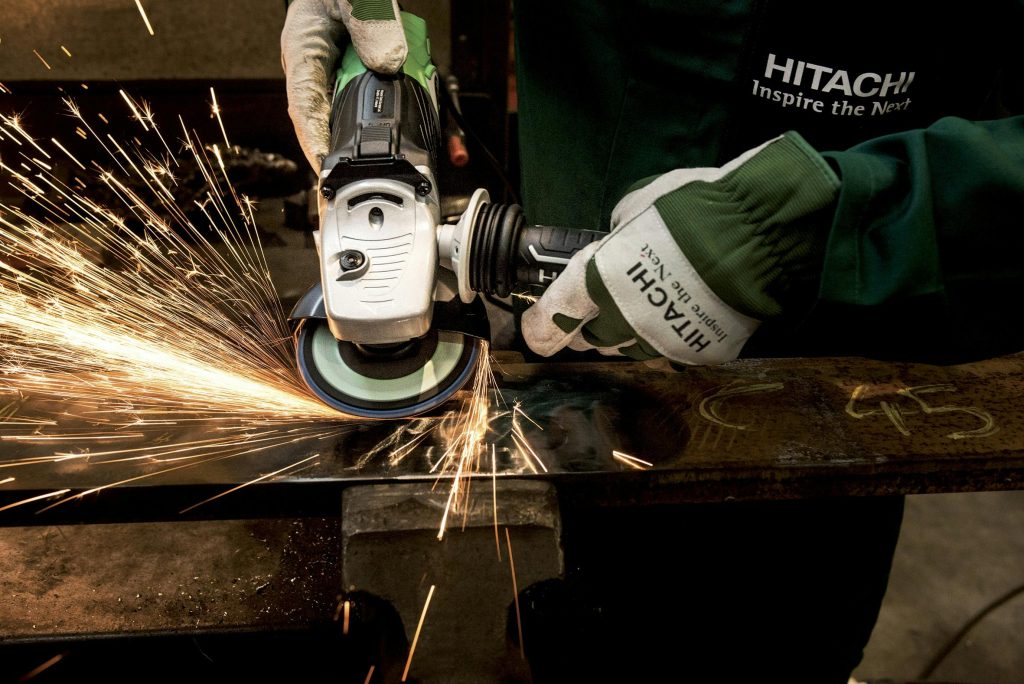
1. Power Drill
- Uses: Drilling holes, driving screws into timber, metal, and masonry.
- Variations: Corded, cordless, hammer drill, and impact driver.
2. Circular Saw
- Used For: Cutting timber, plywood, and other sheet materials quickly and cleanly.
3. Angle Grinder
- Purpose: Cutting, grinding, and polishing metal or concrete.
- Safety Tip: Always wear gloves and eye protection when operating.
4. Nail Gun
- Why It’s Essential: Significantly faster than manual nailing—especially on framing jobs.
5. Laser Level
- Used For: Aligning structures, installing walls, cabinetry, or tiling with pinpoint accuracy.
Measuring & Marking Tools: Precision is Everything
Construction work depends on millimetre-accurate measurements. Here are the top tools for getting it right:
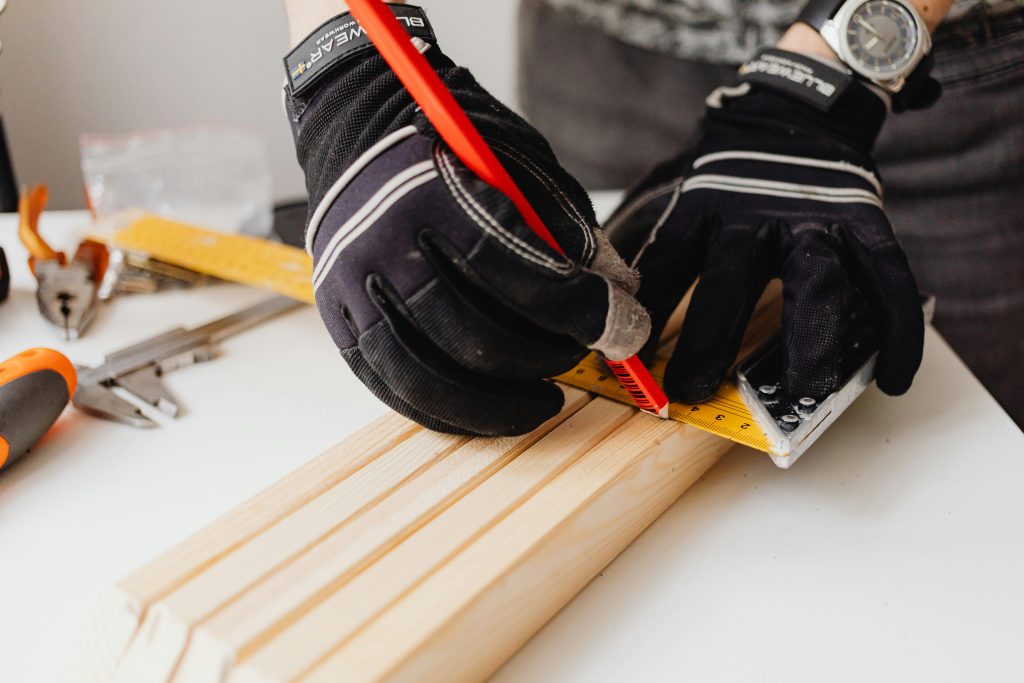
1. Spirit Level
- Function: Ensures surfaces are level and plumb.
2. Chalk Line
- Purpose: Snaps long, straight guidelines across surfaces.
3. Square Tools (Framing & Combination)
- Used For: Checking corners, marking angles, and guiding cuts.
4. Laser Measure
- Ideal For: Fast and accurate distance calculations—especially in large areas.
Lifting & Moving Equipment: Handling Heavy Loads
From site prep to finishing touches, moving materials safely is a constant concern:
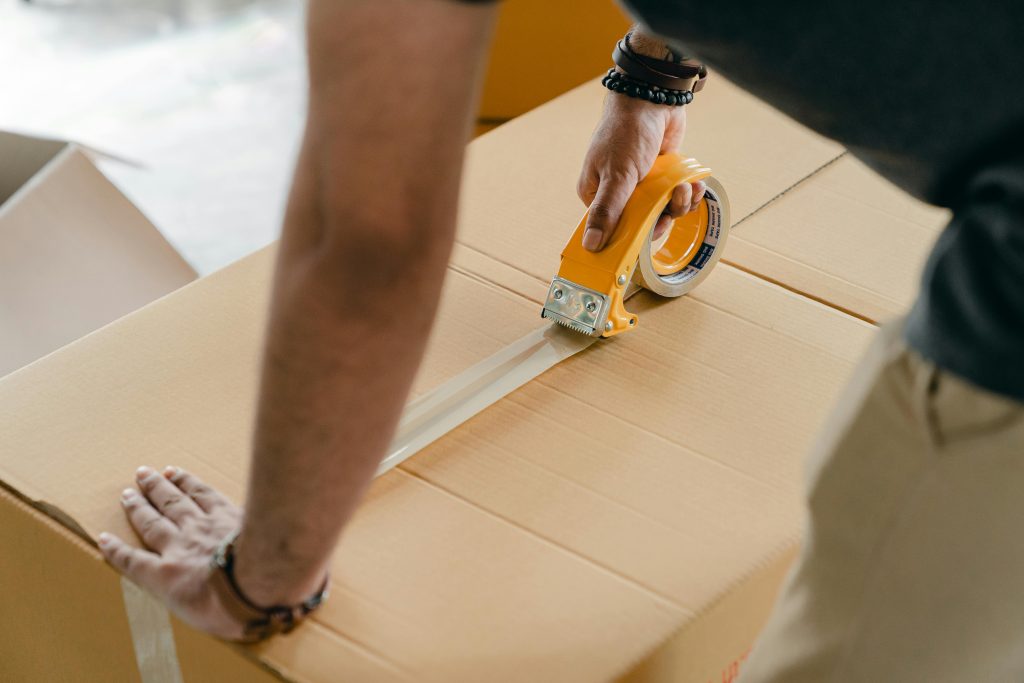
1. Wheelbarrow
- Simple but essential for transporting soil, tools, or rubble.
2. Trolley / Hand Truck
- Used To: Move heavy appliances, timber packs, or boxes around the site.
3. Hoists & Cranes
- Vital On Large Sites: For lifting heavy steel, panels, or trusses.
Safety Gear: Non-Negotiable Essentials
No list of construction tools is complete without covering safety. The right gear can prevent serious injury and save lives.
1. PPE (Personal Protective Equipment)
- Must-Haves Include:
- Hard hat
- Steel-toe boots
- High-vis clothing
- Safety glasses
- Ear protection
- Gloves
2. Fall Protection
- Examples: Harnesses, lanyards, and anchor points for work at heights.
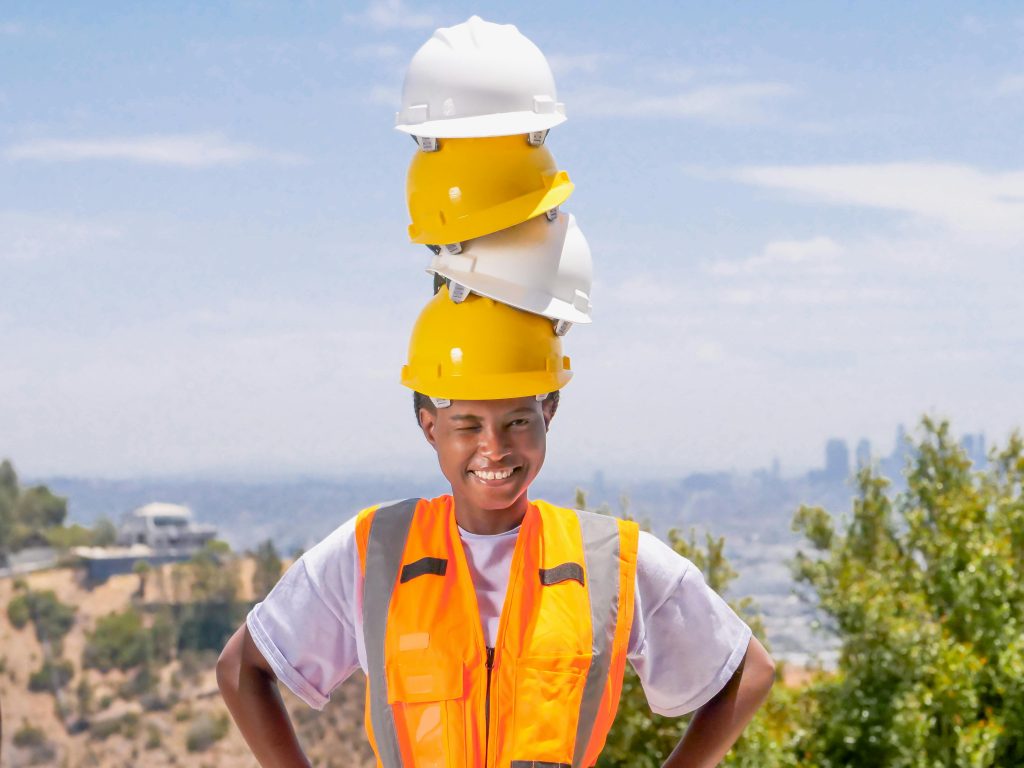
3. Dust Masks and Respirators
- Crucial For: Working with concrete, insulation, or hazardous chemicals.
Specialty Tools: Trade-Specific Must-Haves
Each trade comes with its own unique toolkit. Here are a few examples:
Electricians:
- Wire strippers
- Voltage testers
- Fish tape
Plumbers:
- Pipe wrenches
- Pipe cutters
- Plumber’s torch
Carpenters:
- Nail sets
- Chisels
- Wood planes
These tools ensure that each specialist can work efficiently and with precision in their field.
Conclusion
Construction is about more than bricks and beams—it’s about having the right tools for the job. Whether you’re building from the ground up or handling a small renovation, investing in high-quality, reliable tools not only improves the quality of your work but also keeps you safe and efficient.
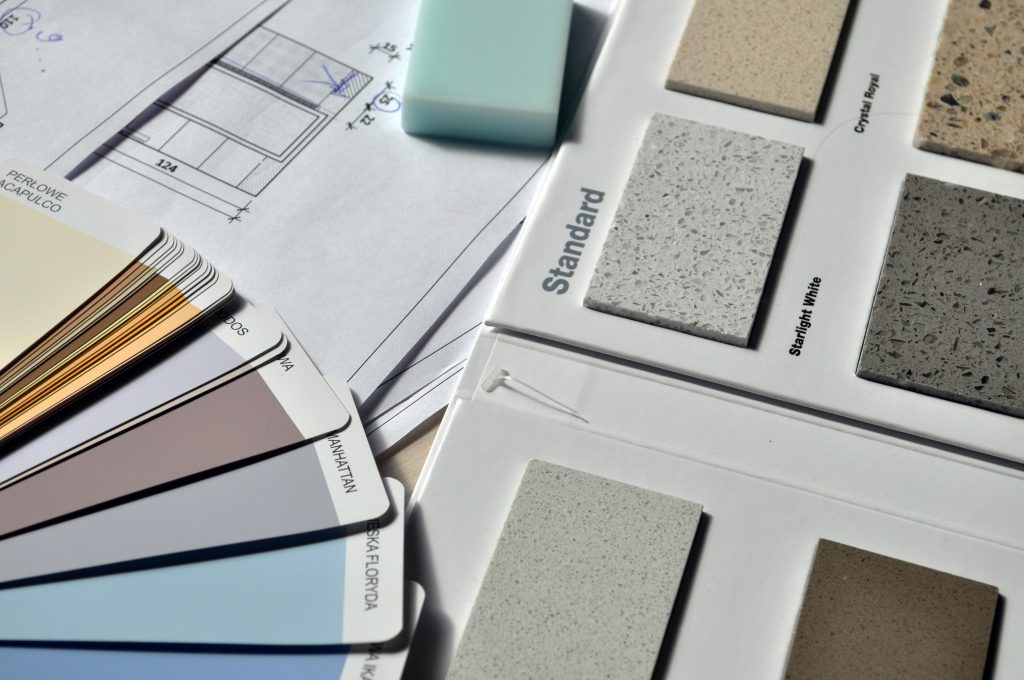
Take time to familiarise yourself with the common tools used in construction, and over time, you’ll find your toolkit growing along with your skills.
Ready to build smarter? Check your gear, upgrade where needed, and get to work with confidence.
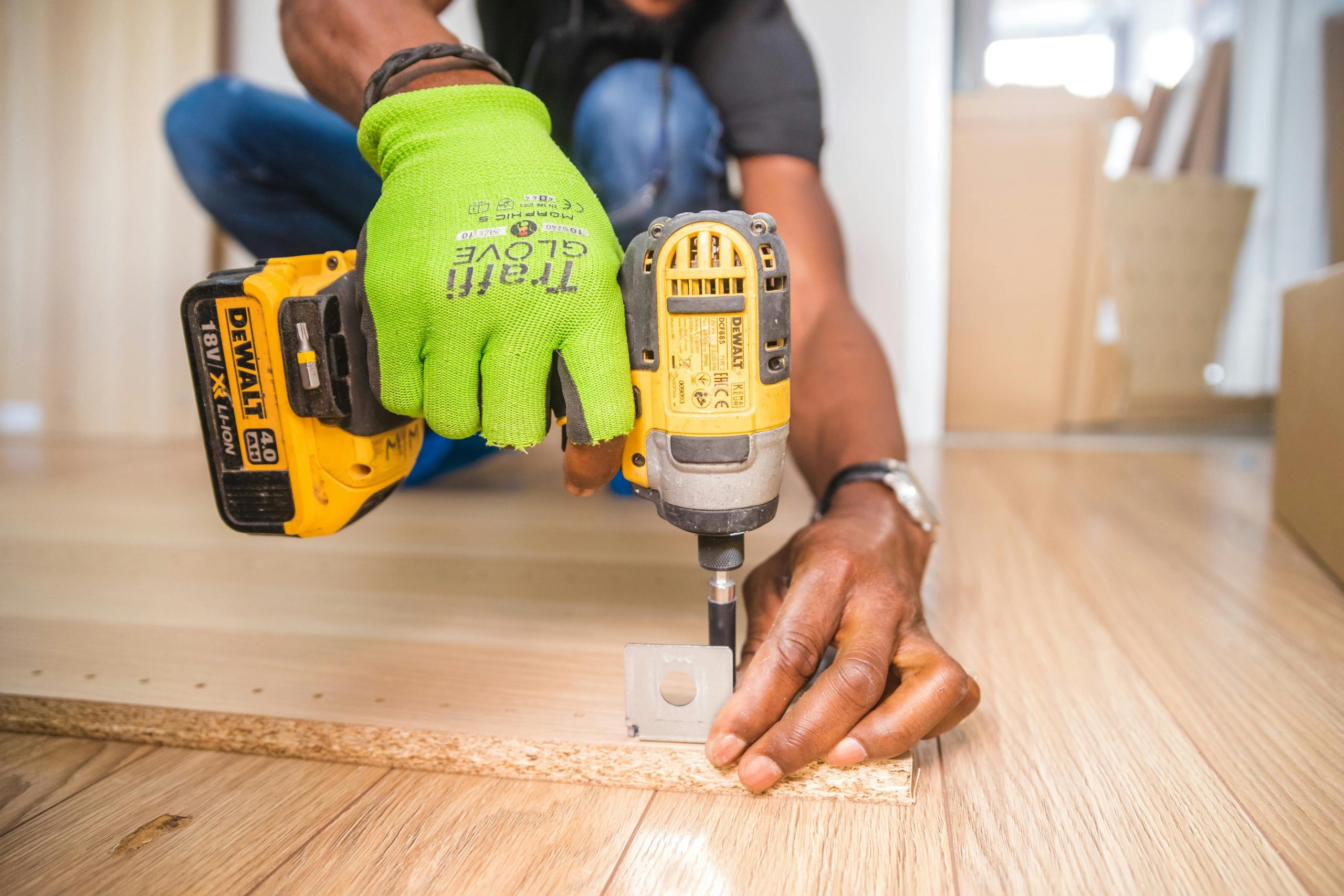

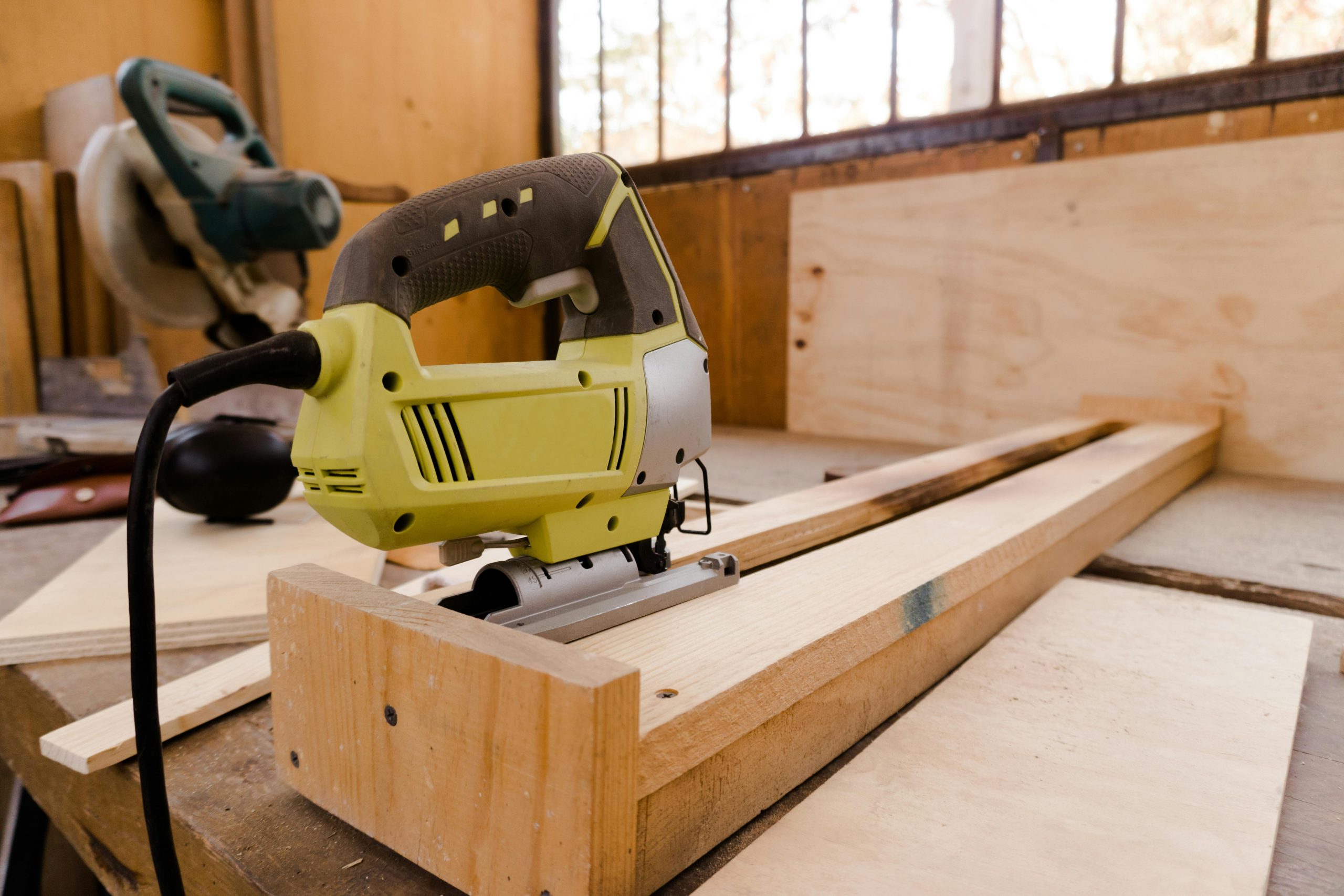


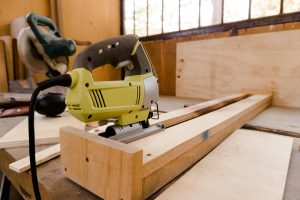





Post Comment